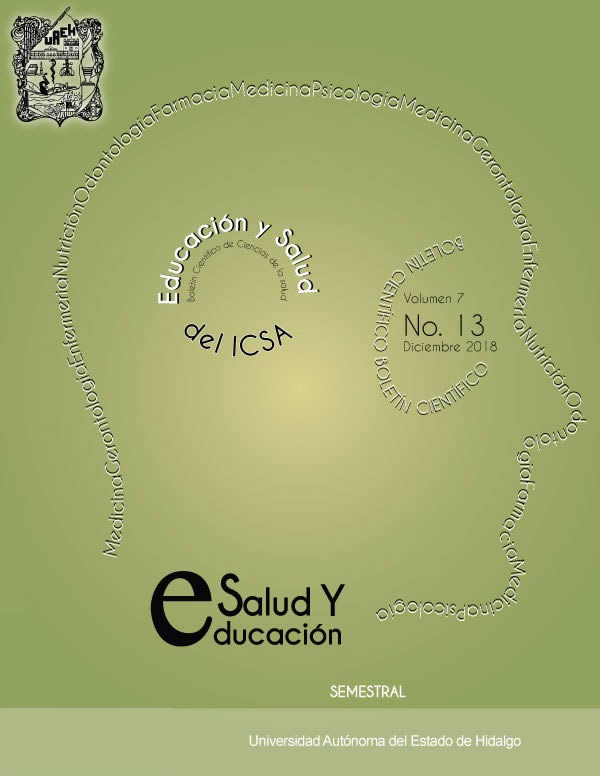Body image. A Comparative Study between Homosexual and Heterosexual Men
Abstract
A comparative study was carried out between homosexual and heterosexual men, in order to establish differences regarding the evaluation of body image and risky eating behaviors. A design of two samples with independent observations was used. The total non-random sample of N = 32 men with an age range of 20 to 45 years was subdivided with n1 = 11 heterosexual men (M = 28.9, SD = 8.77) and n2 = 21 homosexual men (M = 23.89, SD= 3.77). To evaluate the body image, the Silhouettes Visual Scale was applied, likewise, the Attitude Scale was applied to the Male Body. Also, a survey of sociodemographic data. No significant differences were found between the two samples of participants regarding the perception of body image, both show dissatisfaction, approximately half are perceived with obesity and want to be thinner and more robust (especially in heterosexuals). There is a slight tendency related to a higher percentage of homosexual men who want to be thinner (positive dissatisfaction), compared to that of heterosexual men.
Downloads
References
Bruchon–Schweitzer, M. (1992). Psicología del cuerpo. Barcelona: Herder
Do Jackson, C. (2008). Exploration of Factors Associated with Eating Disorders in Gay
Men. Doctoral dissertation (n/p). Disponible:
Feldman, M. & Meyer, I. (2007). Eating disorders in diverse lesbian, gay and bisexual
Populations. International Journal of Eating Disorders, 40, 218-26.
Gómez-Peresmitré, G. (online). Diversidad sexual e imagen corporal.
Gómez-Peresmitré, G. (2011). Imagen corporal. ¿Qué quieren los hombres? Conferencia
Magistral, Ciclo de Investigación en Psicología, Facultad de Psicología, UNAM.
Organización Mundial de la Salud (2000). Informe sobre la salud en el mundo 2000.
Mejorar el desempeño de los sistemas de salud. [Recuperado el 10 de mayo de 2008].
Pérez-Gauli, J. (2000). El cuerpo en venta. Relación entre arte y publicidad. Madrid: Ediciones.
Rey, J. (1994). El hombre fingido. La representación de la masculinidad en el discurso Publicitario. España: Fundamentos.
Siever, M. (1994). Sexual orientation and gender as factors in socioculturally acquired vulnerability to body dissatisfaction and eating disorders. Journal of Consulting and Clinical Psychology, 62, 252-260.
Tylka, T. L., Bergeron, D. & Schwartz, J. P. (2005). Development and psychometric evaluation of the male body attitudes scale (MBAS). Body Image, 2, 161-175.
Toro, J., Nieves, L. & Borrero, N. (2010). Cuerpo y masculinidad: los desórdenes alimentarios en hombres. Interamerican Journal of Psychology, 44, 225-234.
Wichstrom, L. (2006). Sexual orientation as a risk factor for bulimic symptoms. International Journal of Eating Disorders, 39, 448-453.
Wood, M. (2004). Body image disturbance and gender oppression among gay men, Journal of Gay and Lesbian Social Services, 17, 43 – 62.












